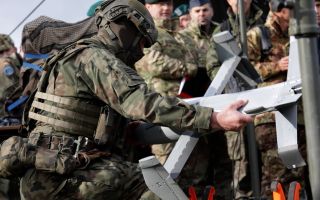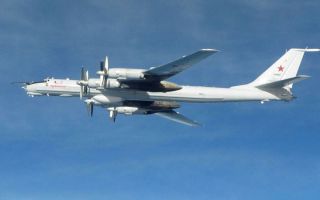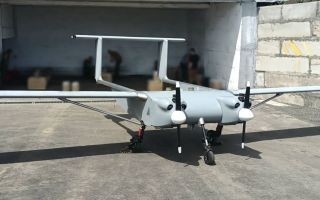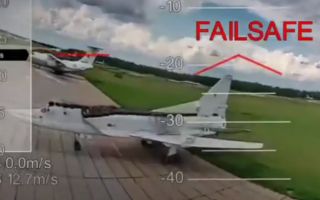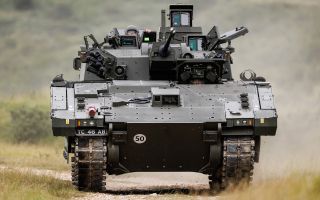Shaheds less likely to get through as drone-detecting Iris radar gets key upgrade
While artillery once defined the war, up to 80% of all Russian and Ukrainian casualties are now caused by drone strikes.
Both sides are developing their own attack and interceptor drones – and detection is the first line of defence.
The Iris radar is one of the defences being used in Ukraine to find enemy drones.
Iris is the brainchild of Dutch company Robin Radar, which is hopeful that the latest upgrade means Ukraine can find and destroy even more enemy drones, and earlier.
It's more than doubled the Iris's drone-detection zone from 5km to a 12km radius.
This is key for finding the deadly low-cost Shahed drones that have been seen in the skies above Ukraine since the start of the full-scale invasion in 2022.
Russia has since enhanced the original design, making the suicide drone even more lethal. Its sheer size and speed means it can damage a residential building even without explosives.
Ukrainian president Volodymyr Zelensky recently announced via Telegram the completion of rescue operations at the site of a Russian Shahed strike on a residential building in Kyiv.
"In just this one week, the Russians have used against Ukraine almost 1,200 attack drones and 50 missiles of various types – most of them, in fact, ballistic," he posted.
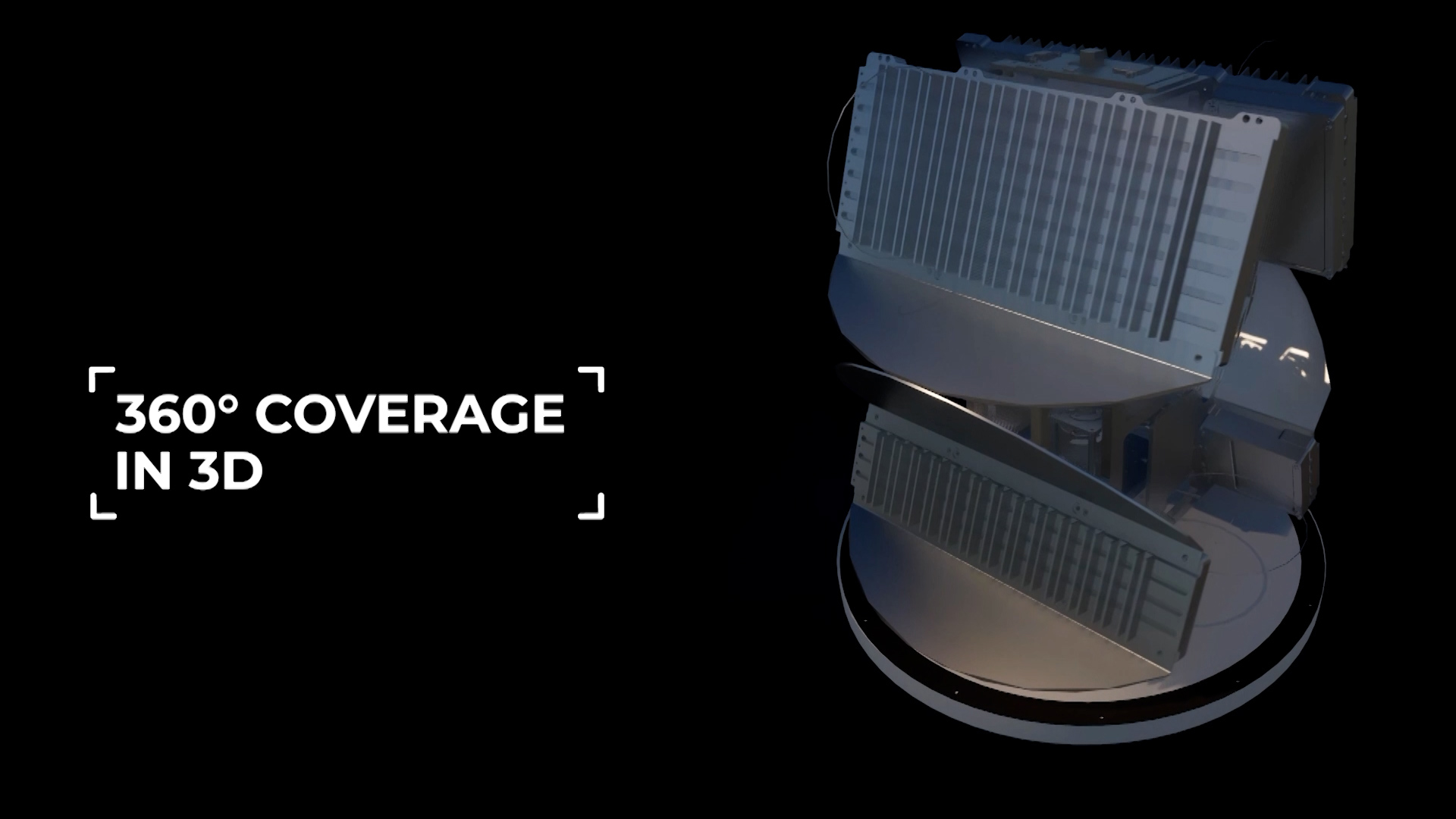
Using AI, this latest upgrade means the Iris radar can detect drones more accurately and quickly.
It's been learning from what has already been seen on the frontline in Ukraine, the feedback coming direct from Ukrainian operators facing these threats.
As the upgrade relates to the software, rather than hardware, all existing Iris units in service can be upgraded in the field, ideal for the battle in Ukraine where drones are currently the weapon of choice.
Marcel Verdonk, the chief commercial officer of Robin Radar, told BFBS Forces News: "We've noticed increased demand to detect larger fixed wings [drones].
"You want to ideally see them at 7-8km optimum range – and this capability enables just that."
The Iris radar weighs just 29kg and gives users 360° coverage, but with a starting price of €500,000, it's not cheap.
BFBS Forces News understands 200 radars are currently operational in theatre, although the exact details can't be disclosed.
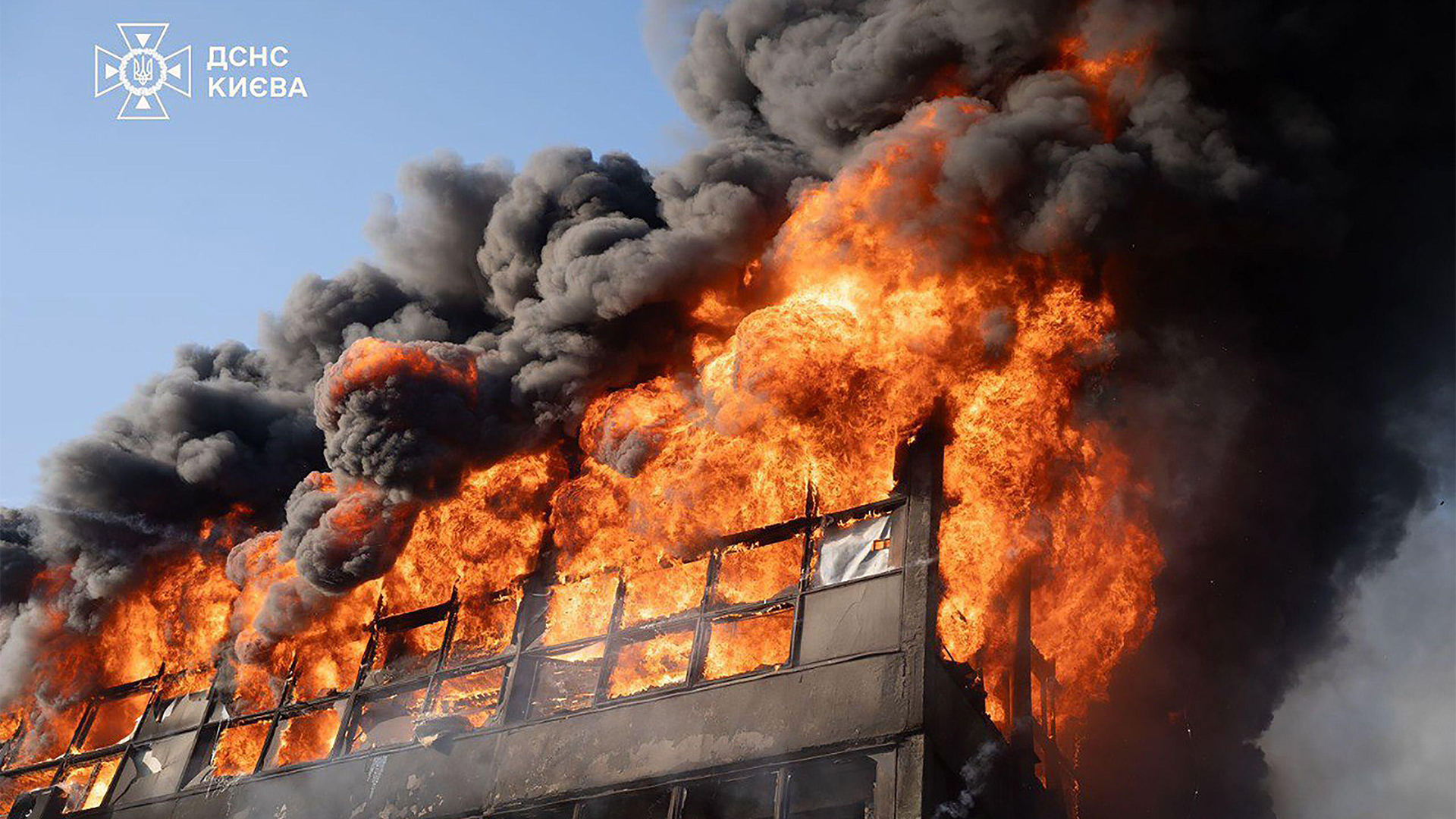
Mr Verdonk explained: "Typically there are fixed-use cases where this radar may be installed on a tripod... or on top of a building or on the pole where it's providing situational awareness to protect critical infrastructure.
"Think about government buildings, army bases, energy infrastructure – all of these could be at threat from drones, and then the radar provides detection and tracking."
These types of critical national infrastructure have been targeted by both Ukraine and Russia over the past couple of years.
Those attacks have ramped up in the past few months, causing shortages of petrol, diesel, oil and gas, with devastating effects for the frontline and the general public.
It was reported last week that Russia's fourth-largest oil refinery, the Ryazan plant located southeast of Moscow, stopped production at a primary crude distillation unit following a Ukrainian drone attack.
Mr Verdonk says it's a continuous race between the drone manufacturers and the anti-drone industry.
With the threats themselves ever-changing, the fight for air superiority continues.
But more than three-and-a-half years into the full-scale invasion, there are no signs of slowing down.

